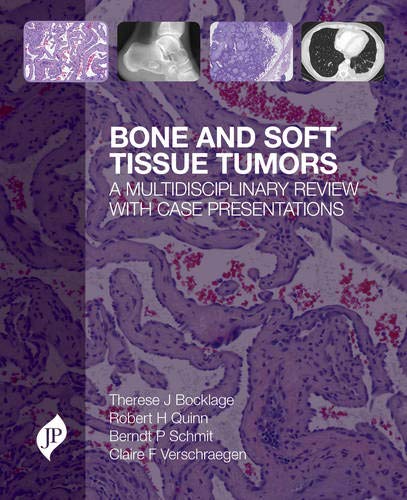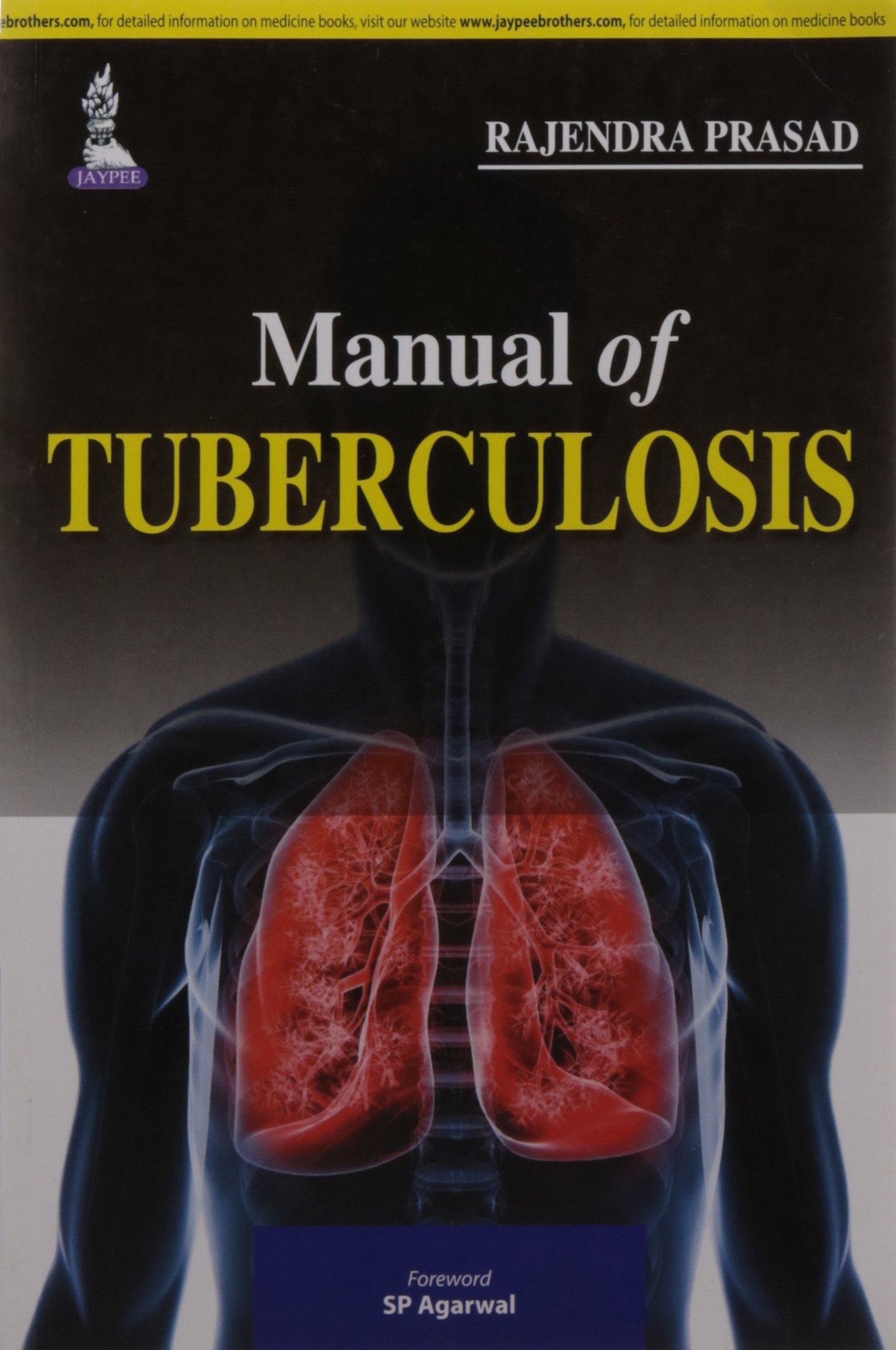-
Home
-
Subjects
- Administration & Management
- Allergy & Infectious Diseases
- Anaesthesia
- Anatomy
- Anatomy and Physiology
- Assessment & Diagnosis
- Basic Science
- Behavioral Science
- Biochemistry
- Biochemistry For Nurses
- Biomedical science
- Biophysics
- Biostatistics
- Cardiology
- Care Planning
- Cell Biology
- Communication and Educational Technology
- Community Dentistry
- Community Health Nursing
- Community Medicine
- Complementary Medicine
- Conservative Dentistry
- Critical Care
- Crown and Bridge
- Cytology
- Dental Materials
- Dermatology / Skin
- Diabities
- Dictionary
- Dietetics
- Embryology
- Emergency Medicine
- Endocrinology
- Endodontics
- Epidemiology
- First Aid
- Forensic Medicine and Toxicology
- Forensic Nursing
- Fundamentals and Foundations of Nursing
- Gastroenterology
- General English
- Genetrics
- Geriatric & Family Medicine
- Gerontology
- Gynaecology
- Haematology
- Hepatology
- Histology
- Hospital Management / Medical Education
- Immunology
- Infectious Disease
- Instruments
- Internship
- Leprosy
- Medical Laboratory Technology
- Medical Statistics
- Medical Surgical Nursing
- Medicine
- Microbiology
- Midwifery
- Molecular Biology
- MRCP/MRCS/MFDS
- NCLEX
- Nephrology
- Neuroanatomy
- Neurology & Neurosurgery
- Nurse Assisting
- Nursing Education
- Nursing Informatics and Technology
- Nursing Management & Services
- Nursing Management and Leadership
- Nursing Research and Statistics
- Nutrition
- Obstetrics
- Oncology
- Ophthalmology
- Oral And Maxillofacial Surgery
- Oral Histology
- Oral Medicine And Radiology
- Oral Microbiology
- Oral Pathology
- Orthodontics
- Orthopaedics
- Osteology
- Others
- Otolaryngology (ENT)
- Paediatric & Preventive Dentistry
- Pain Medicine
- Palliative Medicine
- Parasitology
- Pathology
- Pathology & Genetics
- Pediatric Nursing
- Pediatrics
- Periodontology
- PGDEE
- PGMEE
- Pharmacology
- Physical Medicine &,Rehabilitation
- Physiology
- PLAB
- Plastic Surgery
- Preventive and Social Medicine
- Prosthodontics
- Psychiatric and Mental Health Nursing
- Psychiatry
- Psychology
- Public Health Dentistry
- Pulmonary Medicine / Respiratory Medicine
- Radiology
- Rheumatology
- Sleep Medicine
- Sociology
- Sports Medicine
- Staff Nurse Entrance / Nursing Competition Exams
- Super Speciality
- Surgery
- Therapeutics
- Tumours
- UG Exam Books / MCQs / Viva
- Urology
- USMLE
- Vascular Surgery
- Physiotherapy
- Pharmacy
- Homeopathy
- Implantology
- FMGE
- Ayurveda
- General Practice/Physician
- Veterinary
- A.N.M- Auxiliary Nursing Midwifery
- G.N.M-General Nursing and Midwifery
- GMAT/GRE
- NEET UG PREP
-
Booktype
-
MBBS
-
BDS
-
Nursing
-
Exclusive
-
Oxford Medi. Handbooks
-
WHO Series
-
Ayurveda
-
General Books
- Art/Architecture/History
- Astrology
- Autobiographies And Biographies
- Automobile Engineering
- Biography/Leadership
- Bioinformatics
- Biotechnology
- Business
- Career
- Change Management
- Children?s Books
- Civil Engineering
- Communication
- Communication/Reference
- Banking Computer Science
- Cookery
- Corporate Governance
- Creativity
- Current Affairss
- Economics
- Electronic Commerce
- Engineering Mathematics
- Entrepreneurship
- Environmental Management
- Environmental Technology & Management
- Ethics
- Family Businesse
- Fiction
- Finance
- Games & Puzzles
- General Management
- General Reference
- Health/Memoiru
- History
- Hospitality & Tourism
- Human Resource Management
- Humour
- International Business
- Karma & Reincarnation
- Law
- Library Science
- Management Control Systems
- Management Information Systems
- Management Skillsn
- Marketing
- Mass Media
- Mechanical Engineering
- Meditation/Spirituality
- Mind, Body & Spiritri
- Motivation/Self-Help
- Nanotechnology
- Numerology
- Occult/Spirituality
- Outsourcing & Offshoring
- Palmistryr
- Parapsychology
- Parenting
- Personality Development
- Philosophy/Biography
- Poetry
- Political Science
- Popular Science
- PR & Advertising
- Pregnancy & Baby Care
- Production & Operations Management
- Production Engineering
- Project Management
- Quality Management
- Quotes On Management
- Reference
- Economic Relationships
- Religion
- Risk Management
- Sales
- Science
- Self-Help
- Sex, Marriage & Love
- Short Fiction
- Social/Political Science
- Sport/Biography
- Sports
- Strategy
- Supply Chain Management
- Test Prepb
- Time Management
- Travel
- All Others
-
Elsevier 1st Year Titles
What You Need To Know About Studying Anatomy In MBBS 1st Year

The MBBS course is a four-year undergraduate course that will eventually equip students to take up the task of treating patients and managing healthcare. Anatomy is a subject taught from the first year of MBBS.
Anatomy is an integral part of the first-year curriculum for medical students. It forms the foundation for other topics in the curriculum, so it's important to study well. Studying anatomy can be challenging, but it’s important because it teaches students how the body works.
Learning anatomy can sound scary, but it doesn’t have to be. So, how do you go about studying anatomy? From the best way to study so that you can remember what you’ve learned, to how to understand confusing terms, here are some tips for studying anatomy in MBBS 1st year so that you’ll do well on your exams.
Choosing the Textbooks
Like any other subject, finding the best textbooks for anatomy is crucial. So, you need to consider carefully the information you want to learn. When you go for your anatomy exams, your textbook can help you understand the content of the chapter. You need to remember that not all textbooks are the same.
Study the Way that Suits You Best
Everyone learns in their own way, so what works best for one student won't necessarily work best for the next. For example, some may prefer to use a textbook, while others prefer to get the information from lectures and videos. Some people find that taking note of diagrams works for them, while others find it a bit too hard.
Do what works best for you, and don't be afraid to try out new ways of studying anatomy to find what works best for you. Try not to get discouraged if things don't go the way you planned. All you can do is keep studying, and eventually, you'll learn what works best for you.
Make Use of Different Styles of Learning
Different methods of learning are used by different people, but all can benefit from a few principles. Make sure you pick the right method that's best for you to get the most out of your studying. Choosing what style of studying to use is up to you.
For example, you can read through the different textbooks. You can also listen to audio lectures or listen to stories on tape. The most important thing is that you learn as much as you can so that you know what's inside you and how you're able to help people.
Pay Attention to Dissection
It's important to pay attention to dissections at the beginning and at the end of each chapter in the anatomy textbook, so you'll remember everything you've learned. You can't study anatomy without actually dissecting a body in front of you. Depending on your specific course, you might have to do a bit more than the standard dissection.
You might need to do a group dissection of a cadaver if you're doing surgery, or you might need to do a minor surgical procedure on a cadaver if you're doing internal medicine.
Scheduling a Study Plan
Scheduling a study plan and making the necessary changes is extremely important when it comes to understanding anatomy. The key is to plan in a way that is enjoyable and that allows you to finish in time. Use the resources available to you to develop a study plan, and make sure that you stick to it.
At the beginning of the semester, before the first lecture, form a study group with your best friends. Together, you can focus on going over the textbooks. Talk to your friends and make plans about which topics you’d like to go over.
Understanding Difficult Terms in Anatomy
One of the most difficult concepts to study is anatomy in MBBS 1st year. The best way to remember complicated anatomical terms is by taking notes. You can also use your handouts as a reference for anatomy. Whenever you need to look up a word, you can use your handouts as a guide.
Challenge your Friends to a Quiz
Research shows that studying with your classmates can help you remember information better than studying alone. As a consequence, you can challenge your classmates to a quiz on the topics you have studied together.
Take multiple quizzes. Don't simply memorize the pages of the textbook and ace all your questions on mock exams. Take as many quizzes as you can to practice and improve your memorization skills. You will be surprised at the insightful debates you listen from all your classmates.
Learn all the Important Diagrams
Learn the diagrams used for different parts of the body, and make sure that you remember what the diagrams mean. Try to learn the names of all the parts of the body, including the organs, muscles, nerves, and tendons. Learn how to recognize the various parts of the body. For each part of the body, there are various diagrams.
Exam-Day Tips
Make a checklist of all the terms you need to remember in your notes and write it in a notebook. It will help you to track what to revise right before the exam. Refer to the important diagrams. Time is of the essence for students, especially in MBBS.
You have a limited amount of time to prepare for your exams, and no one wants to spend their valuable study time brushing up on subjects they're already comfortable with.
Start with studying the preliminary tasks for your MBBS examinations and then move on to anatomy. By giving yourself time to complete these preliminary tasks, you'll have the time to get comfortable with the concepts in anatomy, which will help you solve any particularly tricky problems on the day of the exams.
Conclusion
Everyone is different, and you may not be able to understand every word in every syllabus. But you will improve with practice. In the next few articles, we will look at various other topics covered in MBBS, a few important things to remember, and other things you should be aware of. Stay tuned for this and other great MBBS articles from aibh.in.



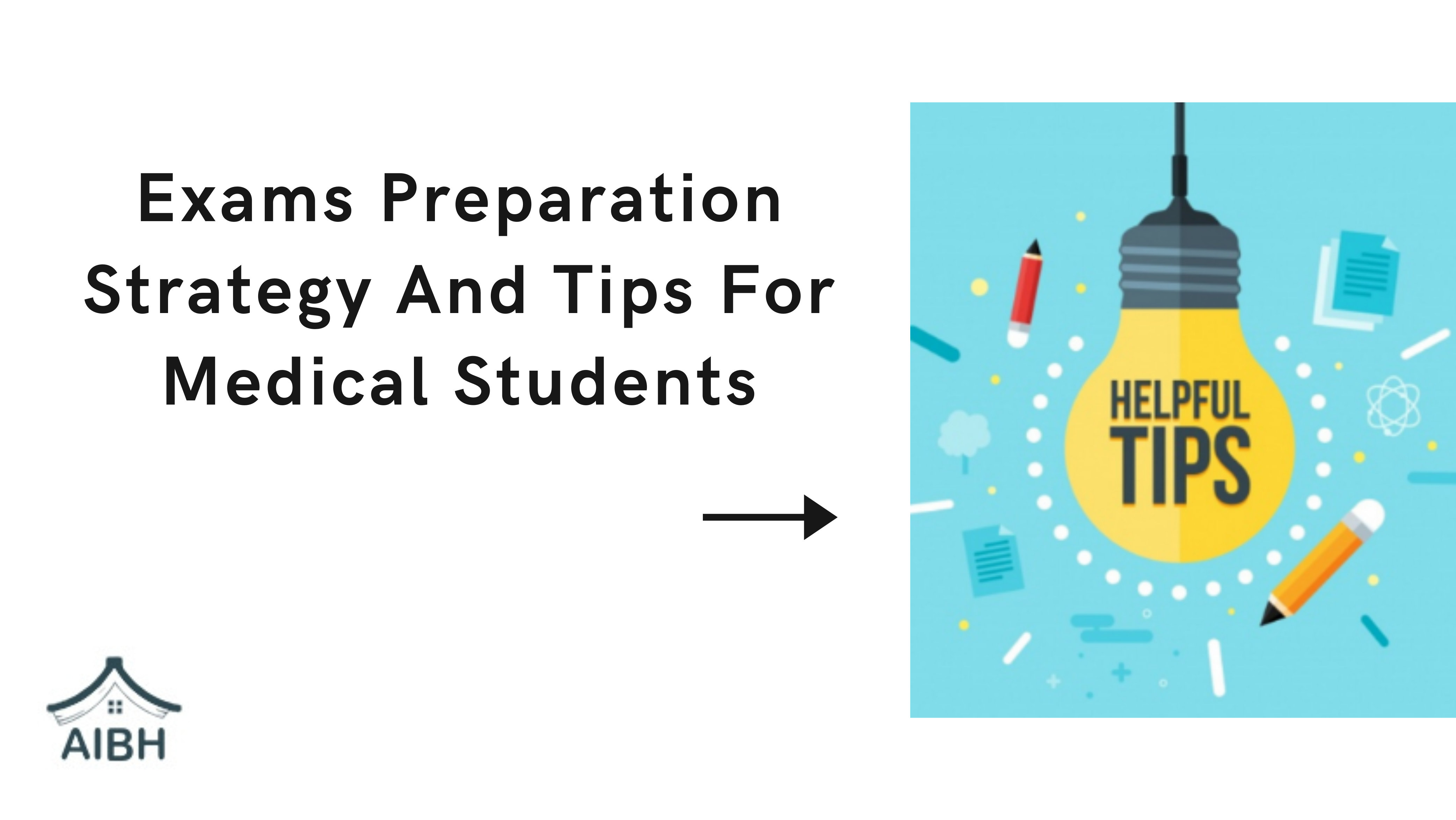
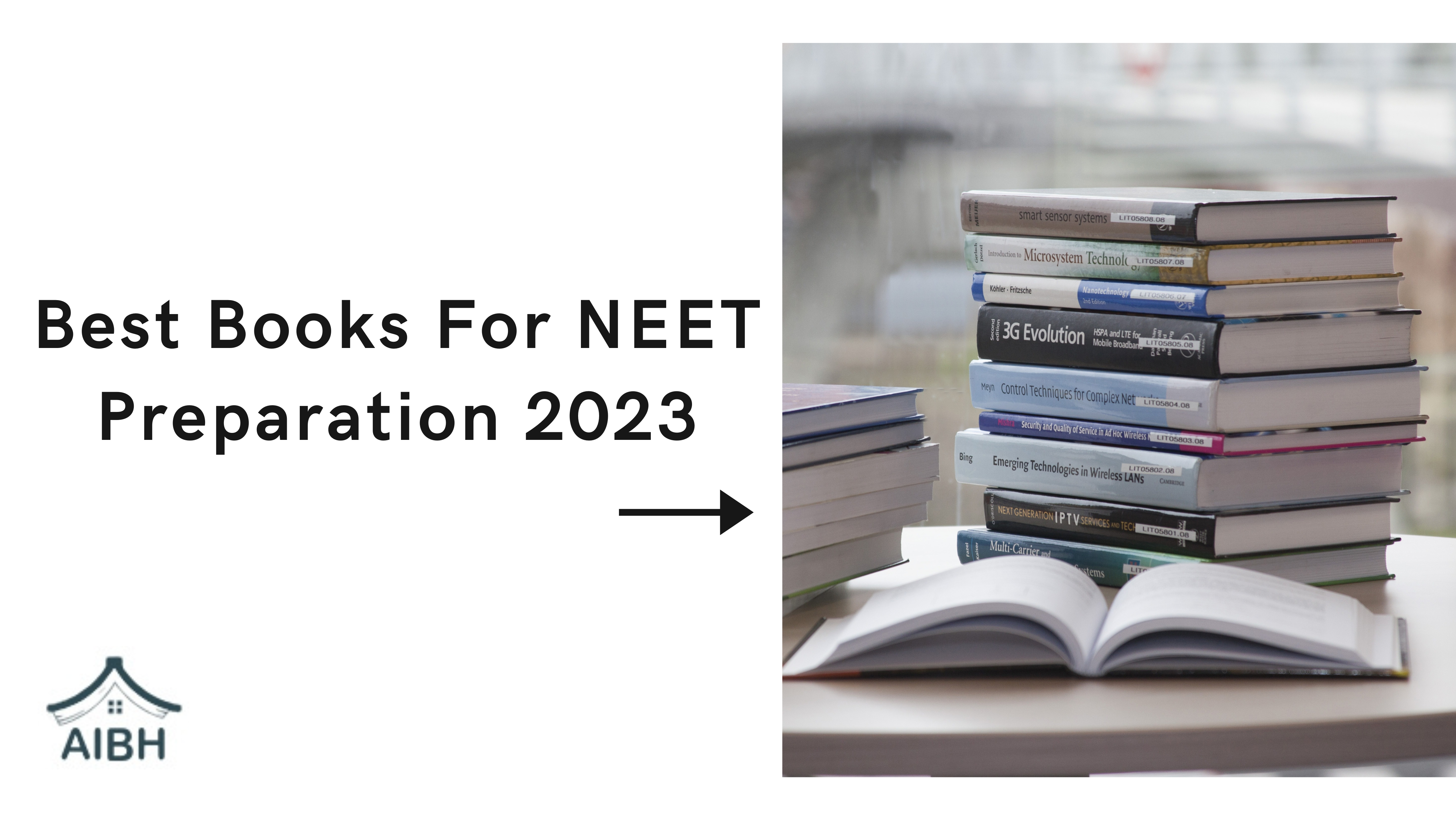

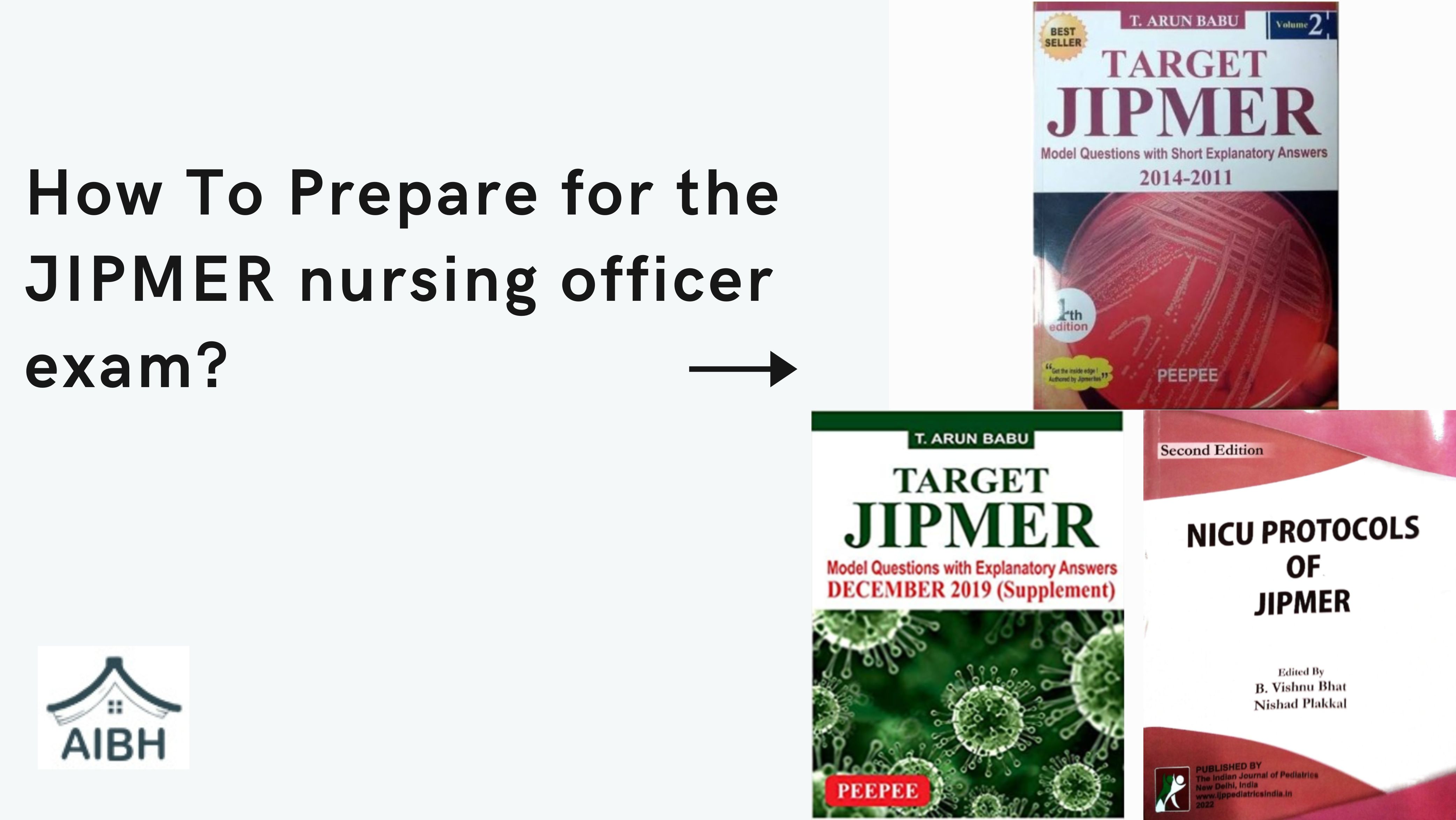






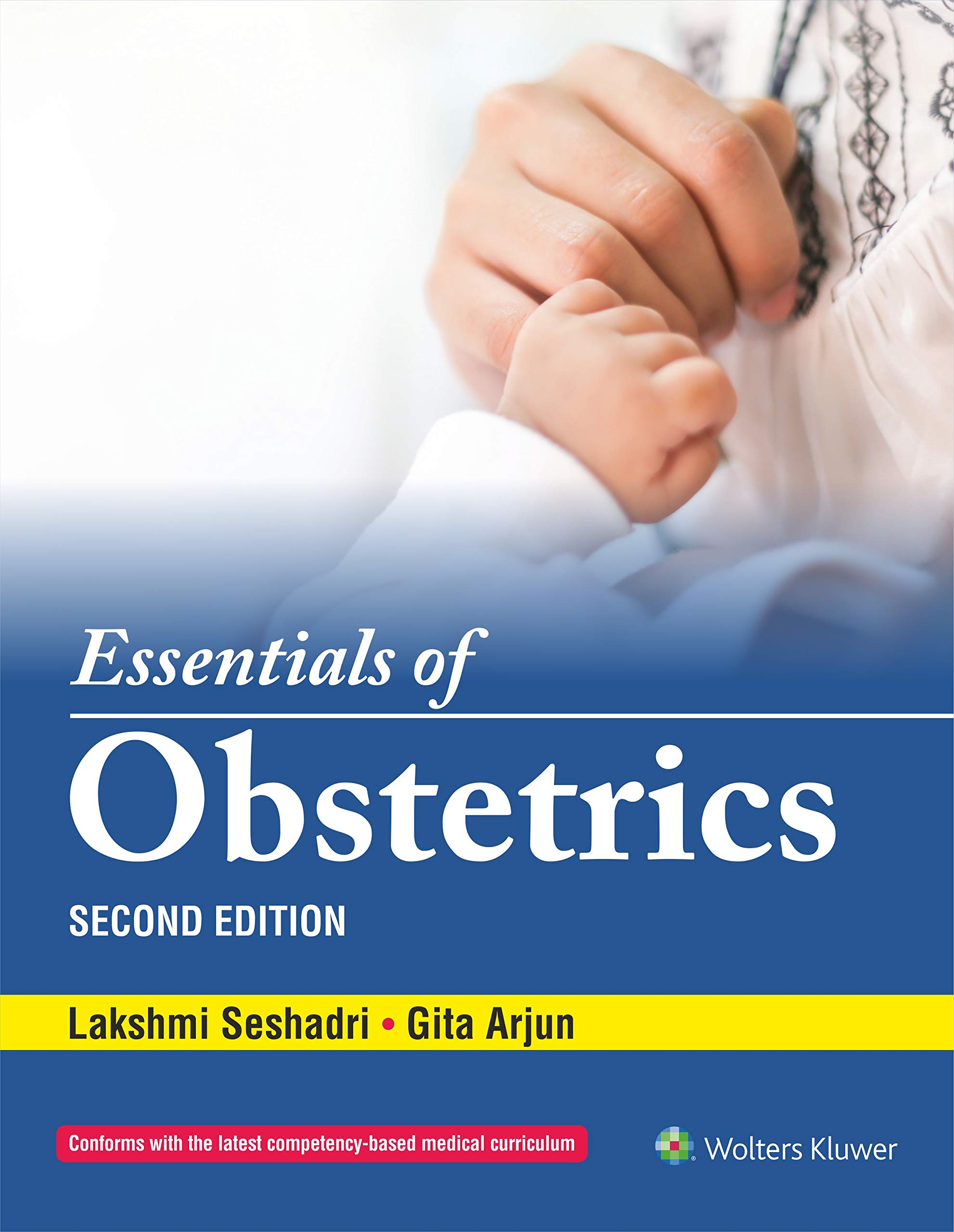
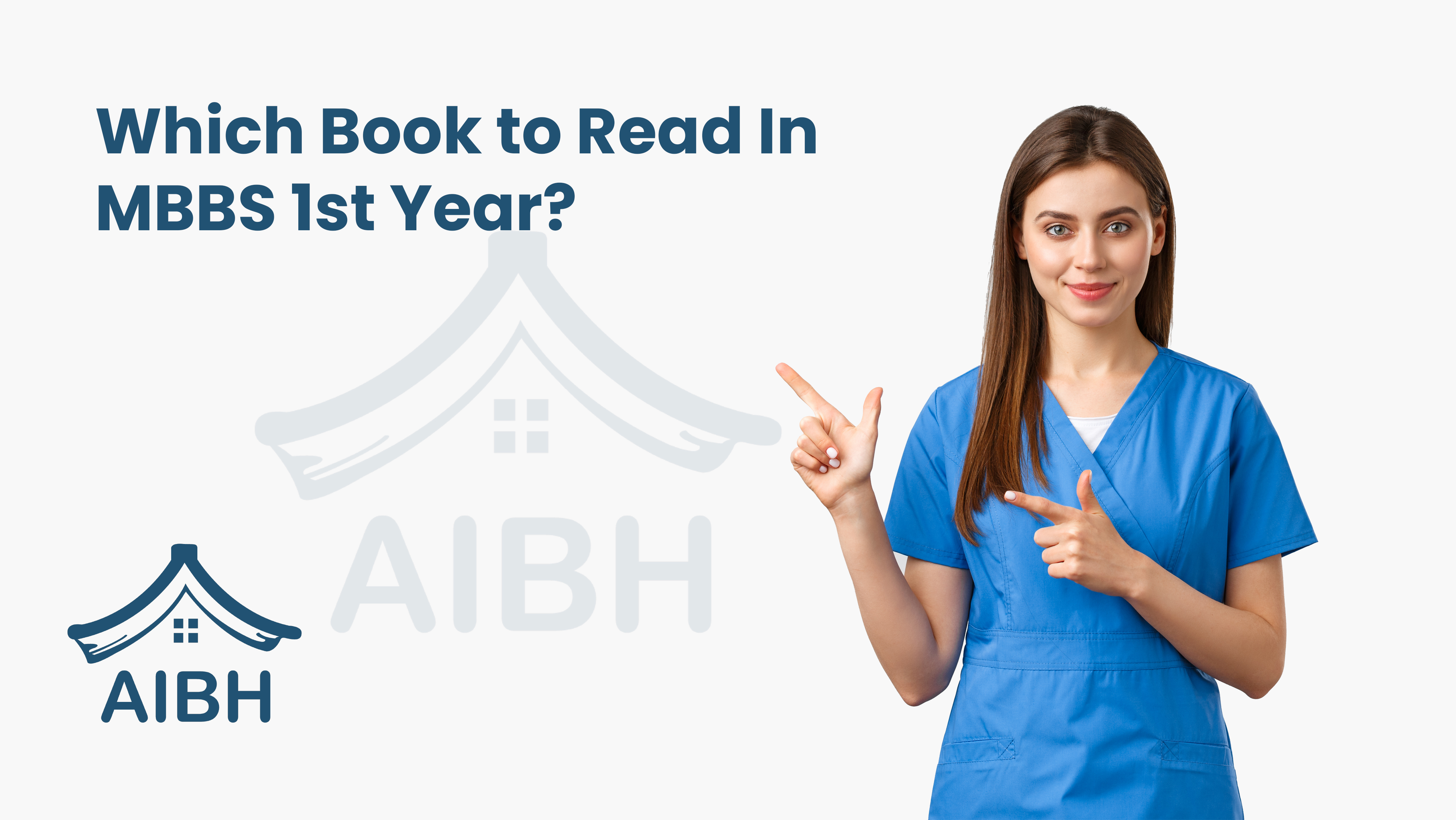
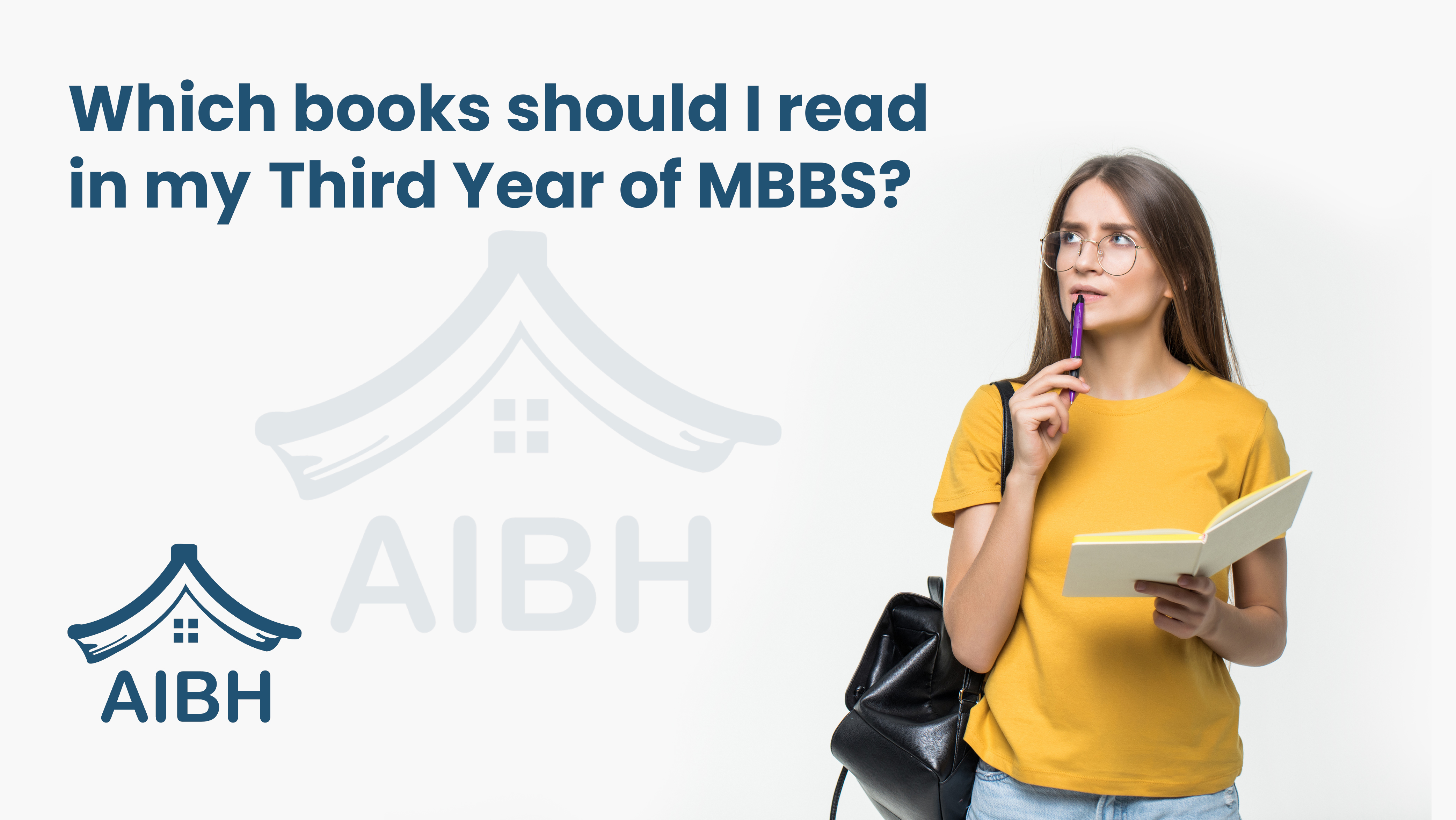







.jpg)




